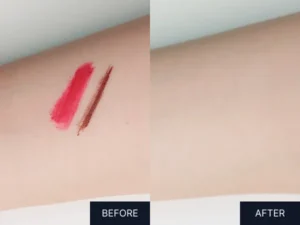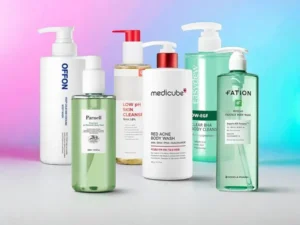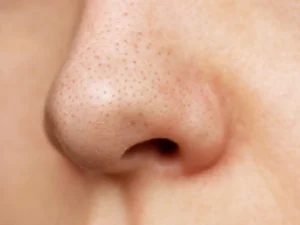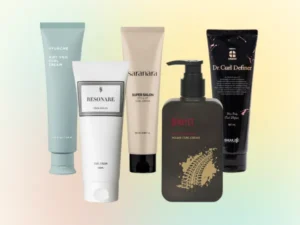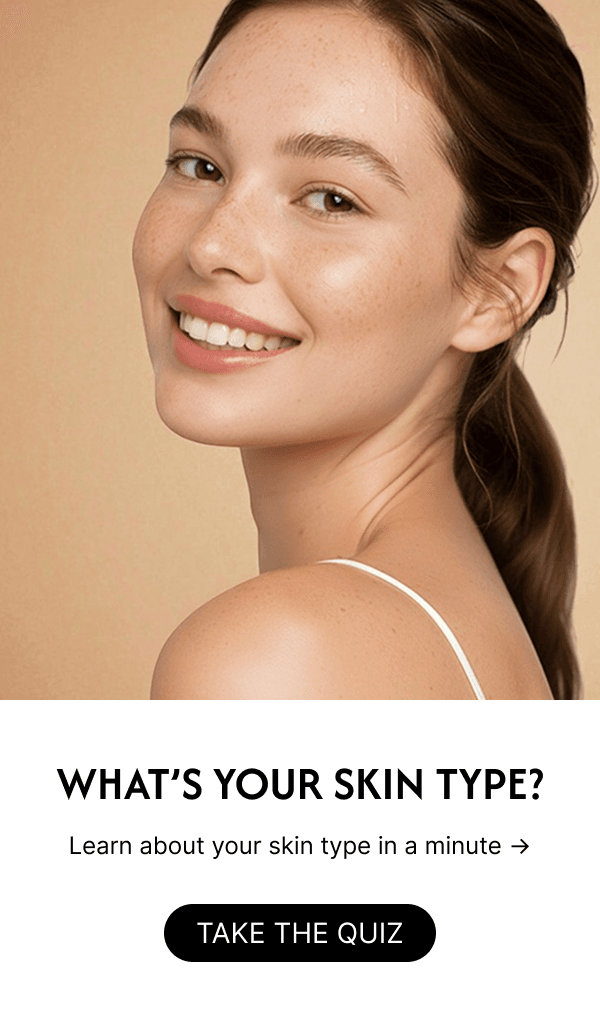Oily skin can be both a blessing and a challenge. The challenge is greater because most skincare advice is written for sensitive or dry skin. Even when oily skin is covered, the tips often go to extremes, with too much focus on reducing oil or too much emphasis on hydration. Korean skincare for oily skin takes a different path by focusing on balance.
The goal of a Korean skincare routine for oily skin is not to remove every trace of oil. It emphasizes proper cleansing, light hydration, and maintaining the skin barrier. For oily skin, this balance is the key to transforming excess shine into a healthy glow.
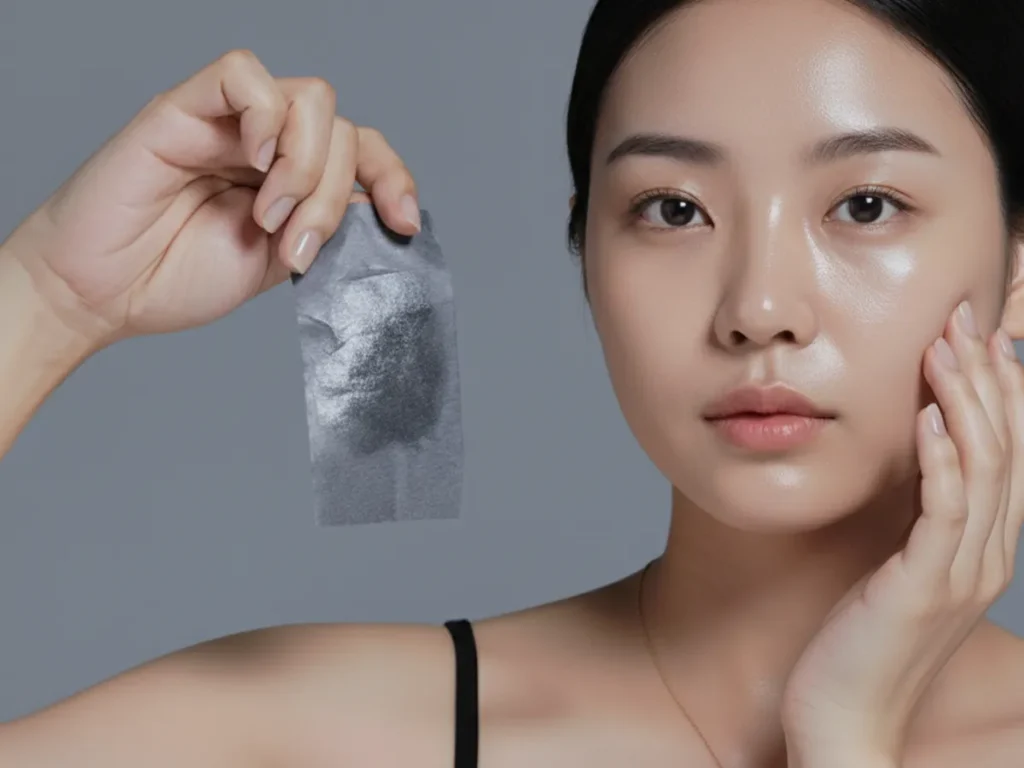
How to Tell if You Have Oily Skin
Understanding your skin type is the first step before starting any skincare routine. While you can find your skin type in minutes, oily skin often shows clear signs:
- After washing your face, within a few hours, your T-zone (forehead and nose) and U-zone (jawline and chin) look shiny.
- Your skin feels greasy throughout the day, even when you are indoors.
- Sunscreen and makeup slide off easily by the afternoon.
- You wake up in the morning feeling like you must wash your face right away.
- Pores appear larger, and breakouts are more common compared to other skin types.
Some people notice their skin feels oily on the surface but tight or flaky underneath. This is dehydrated oily skin, which happens when your skin produces excess sebum but lacks moisture. Instead of skipping moisturizer, this skin type actually needs more hydration. The key is to use water-based products without heavy oils for a balanced feel. We’ll cover details for dehydrated oily skin as we go, so you can tell the difference between typical oily skin and dehydrated oily skin.
The Benefits and Challenges of Oily Skin
Oily skin comes with its own advantages and disadvantages. Knowing both helps you appreciate your skin and understand why specific products are necessary.
PROS
- Natural oils can offer some protection against sun damage.
- Fewer wrinkles and slower signs of aging thanks to natural oils.
- Sebum acts as a built-in moisturizer, preventing the skin from drying out too quickly.
- A slightly thicker skin barrier makes it stronger against external irritants.
CONS
- More prone to clogged pores, blackheads, and acne.
- Excess shine and a greasy feeling throughout the day.
- Makeup and sunscreen break down quickly.
- Pores appear larger and may stretch over time.
The good news is that oily skin can be one of the healthiest skin types if managed with the right care.
Morning Korean Skincare for Oily Skin
Your morning skincare routine should prepare your skin for the day while keeping it fresh and non-greasy. Korean skincare encourages simplicity in the morning with three essential steps regardless of skin type: cleanse, hydrate, and protect. The key for oily skin types is to use lightweight formulas that provide good hydration without adding extra oil.
Step 1: Cleanse
For oily skin, a gentle morning cleanse is usually more effective than just rinsing with water. Overnight, sebum and sweat accumulate on the skin, and skipping a morning wash can lead to clogged pores and breakouts. Using a mild, low-pH cleanser removes this buildup while protecting your skin’s natural barrier. Make sure you’re cleansing properly, including washing your hands and using lukewarm water, as this can make a big difference
Recommended Morning Cleansers for Oily Skin
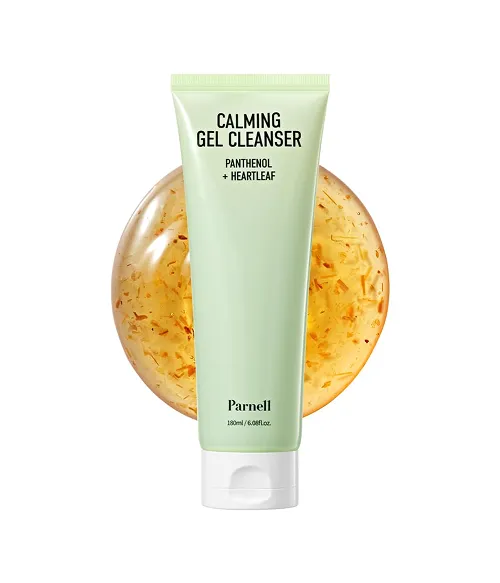
Mildly acidic gel cleanser that gently yet effectively removes overnight sebum, enriched with cica and heartleaf for soothing care.
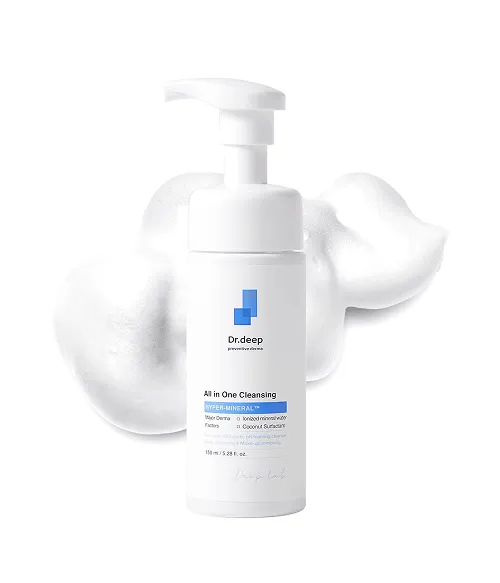
Mildly acidic cleanser with ionized mineral water that deeply cleanses and exfoliates dead skin cells, ideal as a morning cleanser for oily and very oily skin.
Step 2: Hydration and Moisturizer
Despite common misconceptions, moisturizing is crucial even for oily skin. Skipping hydration can trigger the skin to produce more sebum as a protective response, which can actually make oiliness worse. The key is choosing formulations that spread easily and hydrate effectively without feeling heavy.
In summer, it’s best to use hyaluronic acid serums after your morning cleanse. During the transitional spring and fall seasons, layer a soothing gel on top of your serum. In winter, when skin tends to dry out, swap the gel for a light cream to provide extra hydration and lock in moisture.
For dehydrated oily skin, you’ll want to layer products even in summer. Start with a hyaluronic acid serum and follow with a soothing gel or light cream to ensure your skin gets enough water without feeling greasy. Adjust the layers seasonally, just like general oily skin, to maintain balance year-round.
Recommended Korean Moisturizers for Oily Skin
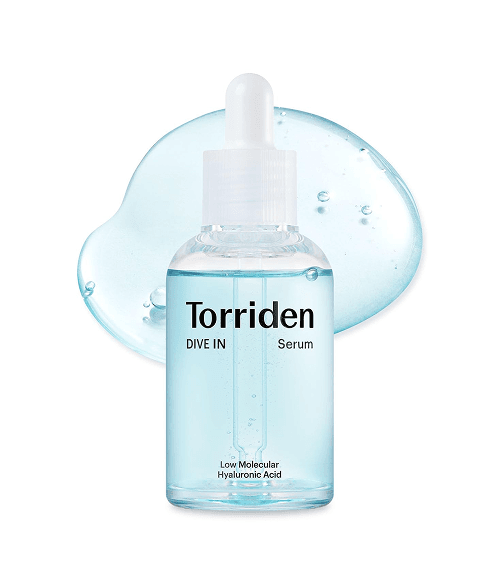
Mildly acidic vegan serum featuring a multi-weight hyaluronic acid complex for deep and lasting hydration.
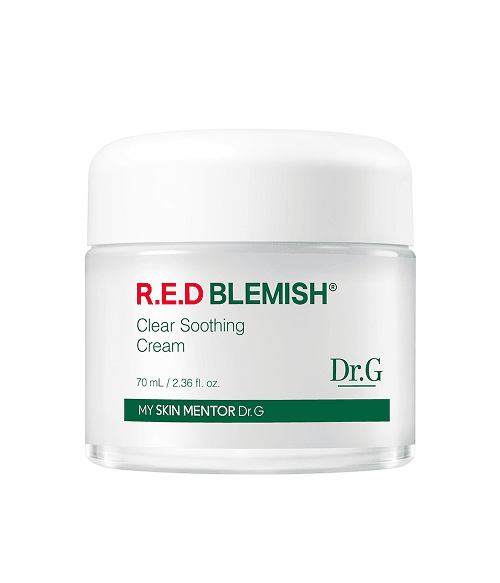
Hypoallergenic, non-comedogenic gel cream with light texture that soothes, hydrates, and strengthens the skin.
Step 3: Sunscreen
Sunscreen is non-negotiable. Without it, all your other skincare efforts are wasted. For oily skin, look for oil-free formulas with lightweight gel or water-based textures that won’t clog pores.
There are two types of sunscreens.
- Mineral Sunscreens: These sit on top of your skin and bounce UV rays away. They’re gentle and great for sensitive skin, but they can feel heavy and sometimes leave a white cast.
- Chemical Sunscreens: These absorb into your skin and convert UV rays into heat. They feel lighter and blend in better, but some people find them irritating or notice stinging around the eyes.
The best sunscreen is one that fits your skin and preferences. Two people with the same oily skin might choose completely different products.
Some oily skin dermatologists suggest switching between types depending on how your skin feels. Use mineral sunscreen when your skin is sensitive or breaking out, and try chemical formulas when your skin is calm and stable.
Recommended Korean Sunscreens for Oily Skin
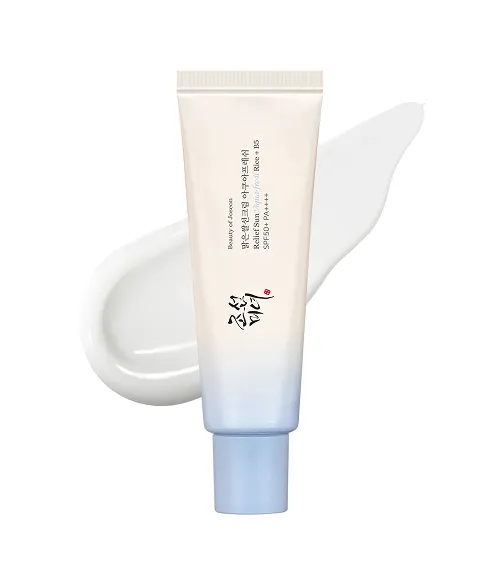
Lightweight hybrid sunscreen with a matte finish that hydrates, controls oil, supports the skin barrier, and is gentle on the eyes, making it ideal for oily skin.
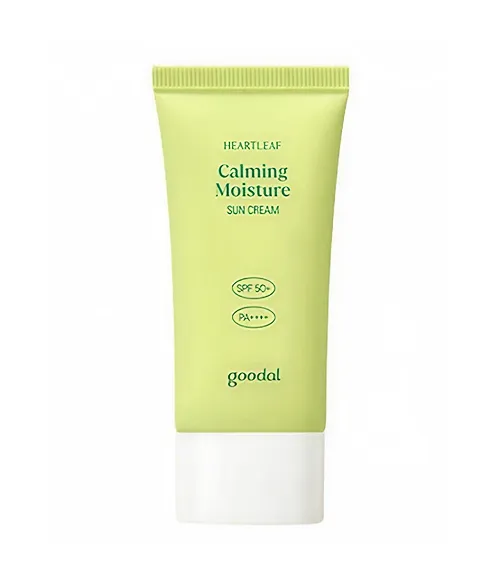
Reef-safe, vegan broad-spectrum sunscreen with a lightweight watery texture. Combines the benefits of mineral and chemical filters to hydrate the skin while providing effective UV protection.
Night Korean Skincare Routine for Oily Skin
Your skin works hardest at night, repairing and regenerating while you sleep. That makes your evening routine the perfect time to clear away the day’s buildup of oil, makeup, sunscreen, and environmental pollutants.
Over the course of the day, sebum, dead skin cells, and debris collect in your pores. Skipping a thorough cleanse can trap this buildup and lead to clogged pores and breakouts while your skin is trying to recover.
Single Cleansing for Makeup-Free Days
On days when you haven’t worn sunscreen or makeup, a single cleanse with a mildly alkaline cleanser can be effective for oily skin. These cleansers work particularly well for oily skin because they have a pH between 7-9, slightly higher than your skin’s natural pH, which gives them stronger cleansing power.
Mildly alkaline cleansers contain surfactants like stearic acid, lauric acid, and salicylic acid that create that squeaky-clean feeling after washing. Since most impurities, sebum, and cosmetics are slightly acidic, the alkaline formula can dissolve oil buildup more effectively than gentle, low pH cleansers.
Recommended Korean Cleansers for Oily Skin
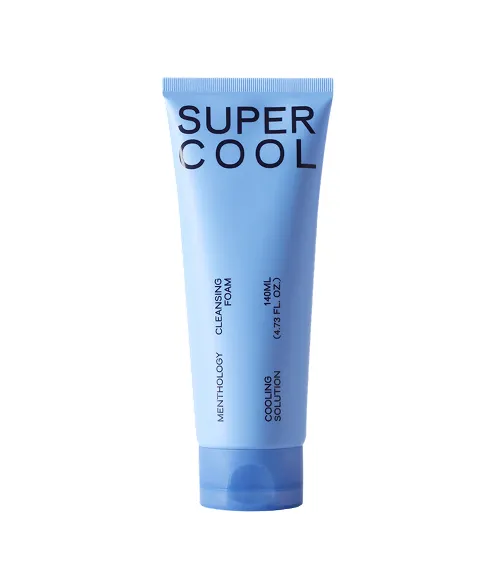
Mildly alkaline cleanser that cools and refreshes, ideal for oily skin with facial heat or summer use. Gently cleanses with plant-based surfactants and soothes with hydrating botanical extracts.
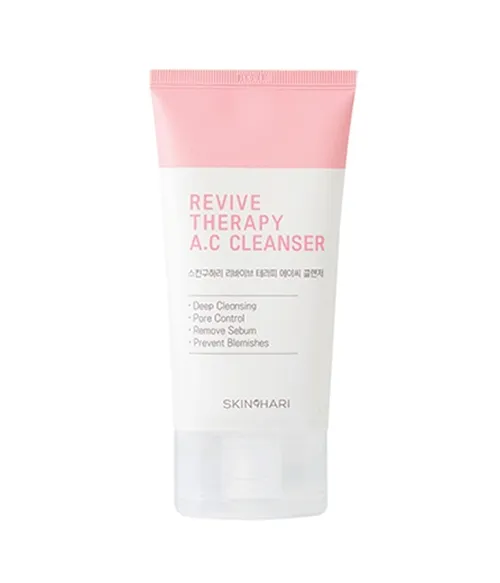
Mildly alkaline cleanser for oily, acne-prone, combination, and sensitive skin. Formulated with salicylic acid to target breakouts, plus centella and ceramide to soothe and repair irritation-prone skin.
Double Cleansing for Heavy Sunscreen and Makeup Days
Heavy sunscreen and makeup require double cleansing to prevent clogged pores and breakouts. This two-step method ensures complete removal. Begin with a cleansing oil or balm to dissolve oil-based products. For sensitive oily skin or acne-prone oily skin, opt for a cleansing milk instead, as cleansing oils can worsen the condition. Follow up with a mildly acidic cleanser to remove any remaining residue. You can use the same one you use in the morning.
Hydration and Moisturizer at Night
Follow the same steps as your morning routine with one key addition. Begin your night skincare routine with a mildly acidic toner. Soak a cotton pad thoroughly and gently wipe it across your skin. This method works especially well for oily skin, removing leftover impurities while preparing your skin for the next steps. Make sure the cotton pad is fully soaked and use very gentle motions, as harsh wiping can irritate the skin.
After the toner, apply a hyaluronic acid serum as a base layer. Once it is absorbed, finish with a lightweight soothing gel or lotion to lock in hydration without feeling heavy.
For very oily or acne-prone skin, serums that combine niacinamide and hyaluronic acid can be especially helpful. Celimax The Real Cica Niacinamide AC Calming Serum is a great option. Niacinamide helps control oil and minimize pores, while hyaluronic acid provides hydration without clogging them.
Skincare Tips for Oily Skin
A few extra steps 1-2 times a week can make a noticeable difference in controlling oil and keeping skin balanced.
- Hydrating Masks: Even oily skin can become dehydrated, which can trigger excess sebum production. For dehydrated oily skin, using a hydrating mask once or twice a week can actually help regulate oil and keep skin balanced.
- Gentle Exfoliation: Oily skin produces more sebum, but dead skin cells that don’t shed properly can clog pores and cause breakouts. It’s recommended to exfoliate gently once or twice a week. After your evening cleanse, exfoliate, skip the toner and other actives, and go straight for a hydrating gel. Finish with a soothing or regenerative cream to lock in moisture and calm the skin.
Extra Products That Help with Oily Skin
Oil Blotting Paper
Oil blotting papers are portable sheets designed to absorb excess sebum throughout the day, helping maintain your skin’s oil-water balance and preventing makeup breakdown. Regular use can help reduce acne formation by removing surface oils and impurities before they clog pores.
Choosing the Right Type
- Film-type (blue sheets): More effective at oil absorption, ideal for very oily skin
- Paper-type: Gentler option suitable for regular oily skin types
Keep these in your bag as they’re one of the most convenient tools for managing oil production on the go.
Sebum Control Powder
Sebum control powders absorb excess oil, reduce shine, and help maintain a smooth skin texture. They are gentle, keep the skin hydrated, and can even extend the wear of your makeup. For best results, apply after sunscreen and makeup in the morning to keep oil under control throughout the day.
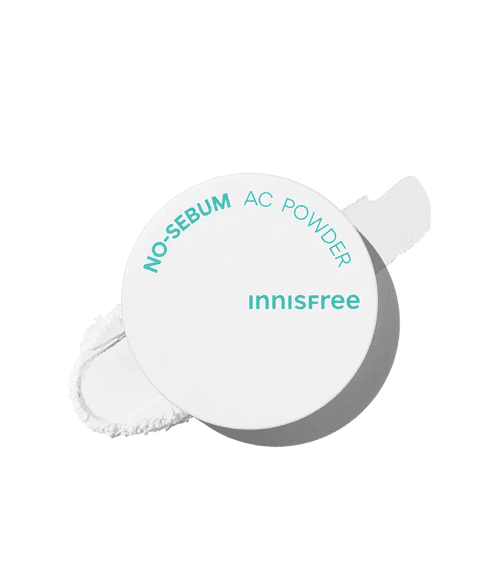
Vegan, non-comedogenic formula with ultra-light fine powder that blurs pores, smooths uneven texture, and controls excess shine.
Retinoids (Vitamin A)
Retinoids promote skin turnover, reduce fine lines, prevent breakouts, and help with pigmentation. They are especially useful for oily skin because they assist with acne and dead skin cell management. Use products designed for acne-prone skin, preferably at night after cleansing and applying a toner. Retinoids can be strong, so start slowly and follow directions carefully.
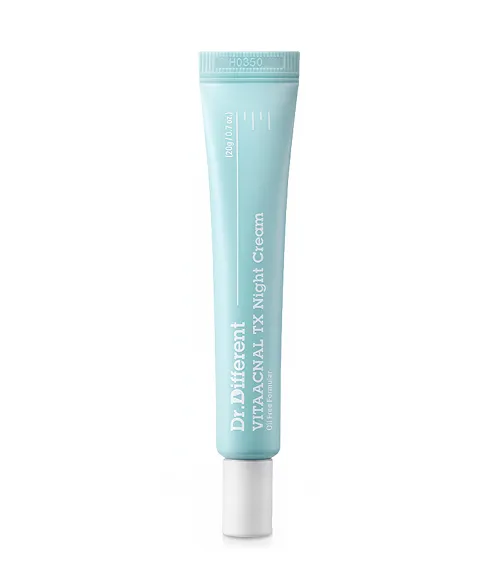
Oil-free, noncomedogenic serum with 0.1% retinal that helps regulate sebum and target acne in oily skin.
Mistakes Oily Skin Should Avoid
- Over-Cleansing: Some people with oily skin insist on that squeaky-clean feeling and choose to double cleanse every day—thinking more is better. However, excessive cleansing can actually weaken your skin barrier and disrupt your oil-water balance. This leads to increased sensitivity, breakouts, and inflammation.
- Overusing blotting papers: While oil blotting papers help control shine and extend makeup wear, using them incorrectly can harm your skin. Pressing or rubbing too hard can damage the skin barrier and increase sensitivity. Reusing sheets or using unclean sides can introduce bacteria and cause breakouts. Overusing blotting papers can over-dry the skin, disrupt the oil-water balance, and trigger even more oil production.
- Ignoring medication effects: Oily skin users taking isotretinoin often make the mistake of sticking to their usual oily skincare routine. Since isotretinoin reduces sebum production to treat acne, using typical oily skin products can over-dry the skin and cause irritation. Instead, follow a routine for sensitive or dry skin to protect your skin barrier and maintain balance.
- Skipping Moisturizer: Some people with oily skin skip moisturizer after cleansing, thinking their skin is already too greasy. However, lack of hydration can actually trigger more sebum production. Oily skin still needs moisturizing, but the key is to choose a lightweight, water-based formula with low or moderate oil content. Avoid relying only on oil-free or sebum-control products. Use them selectively, for example, on very oily skin or during summer.
Takeaway
Oily skin is often misunderstood. The truth is, it can be one of the healthiest skin types when cared for correctly. Instead of stripping away every drop of oil, the goal is to balance hydration and manage sebum gently. Korean skincare is especially effective for oily skin because it focuses on hydration, layering, and supporting the skin barrier rather than harsh correction.
If you struggle with constant shine, breakouts, or “oily but dry” skin, the answer is not stronger cleansers or skipping moisturizer. It is learning how to hydrate properly, choosing lightweight products, and keeping routines simple and consistent.
